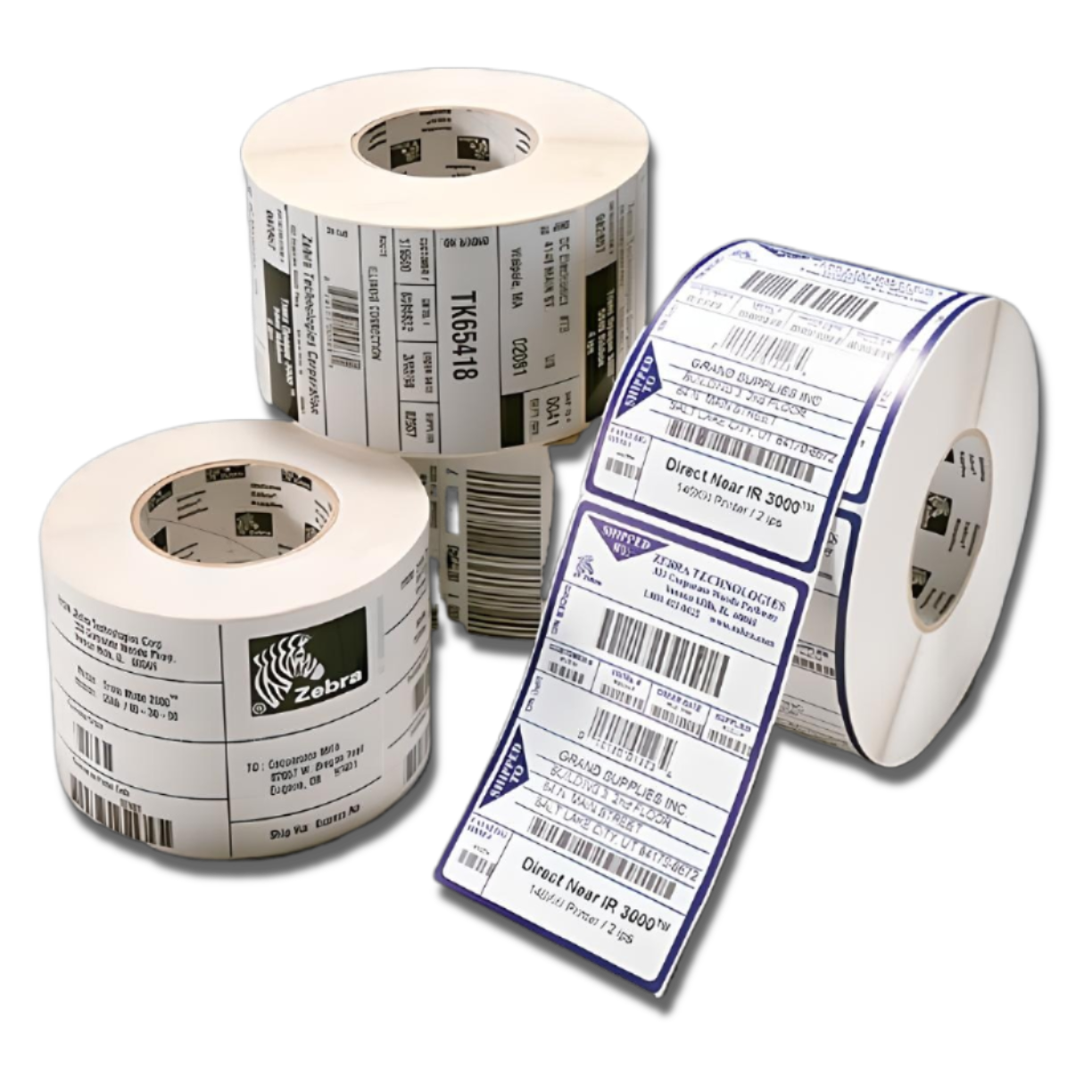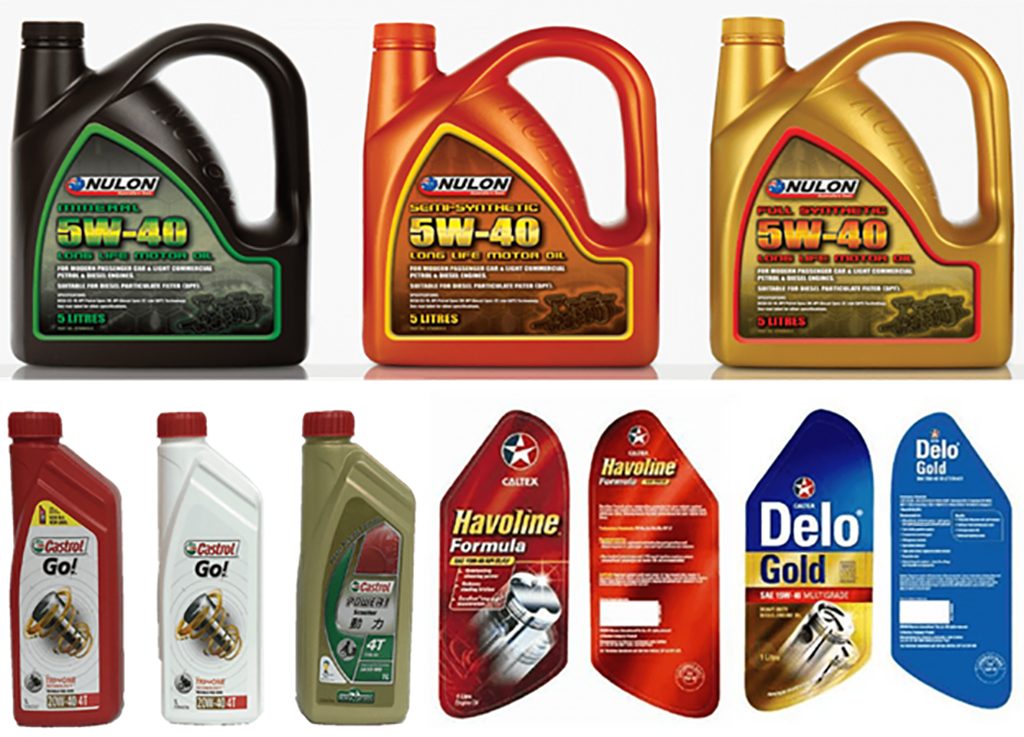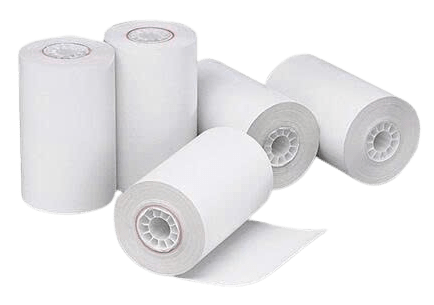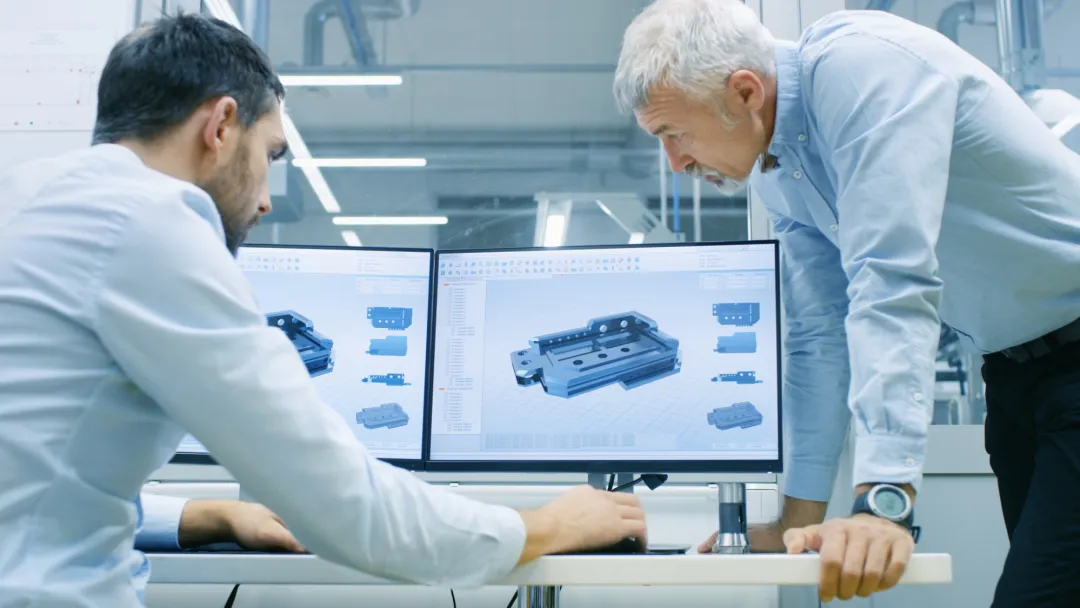
Chemical and petroleum labels are indispensable components in the chemical and oil & gas industries. These labels not only convey critical product information but also play a vital role in ensuring safety during transportation and usage. The creation of these labels must strictly adhere to safety regulations imposed by regulatory bodies such as the EPA (Environmental Protection Agency) and OSHA (Occupational Safety and Health Administration). Additionally, they must comply with industry standards for quality and performance. To meet these requirements, the use of advanced printing technologies and high-quality materials is essential to maintain product safety and effectiveness.

Introduction to Lubricant and Chemical Labels
Lubricant and chemical labels serve essential functions in identifying, protecting, and providing necessary information about products in their respective industries. As the market continues to evolve, label requirements go beyond aesthetics—demanding strict compliance with safety and quality standards.
The Importance of Lubricant and Chemical Labels
- Accurate product information: Lubricant and chemical labels provide detailed content such as composition, usage instructions, and hazard warnings. This allows users to handle products correctly, maximizing efficiency and safety.
- Ensuring user safety: Safety is paramount in chemical and lubricant applications. Labels must clearly communicate hazard warnings, emergency procedures, and preventive measures, helping to minimize potential risks during operation and handling.
- Regulatory compliance: These industries are heavily regulated. Proper labeling ensures adherence to legal standards, helps avoid violations, and protects the company's reputation and brand integrity.
- Brand protection and market differentiation: Well-designed labels that meet all safety and quality standards enhance brand visibility and customer trust. They also help prevent counterfeiting, offering a competitive edge in the market.
Given these advantages, the use of high-quality, compliant labels is a non-negotiable factor for operational safety and product integrity in the lubricant and chemical industries.
Key Characteristics of Lubricant and Chemical Labels

Labels in these sectors must meet higher performance standards compared to general product labels. Below are key elements that define quality labels for lubricants and chemicals:
Durable and chemical-resistant materials:
- Resistance to oils and chemicals: Labels should be made from materials like PVC, polyester, or protective films that resist chemicals, water, and grease—ensuring long-term durability and adhesion.
- Heat and humidity resistance: Labels must perform under extreme conditions without peeling or fading, especially in high-temperature or high-humidity environments.
Corrosion resistance and compatibility:
- Non-reactive to chemicals: Labels must not degrade when exposed to strong chemical substances. Likewise, lubricant labels must withstand oil and solvent contact without losing legibility or adhesion.
- Surface compatibility: Labels should adhere well to a variety of surfaces (metal, plastic, glass) while maintaining a professional appearance.
Clear design and legible information:
- Easy to read and recognize: Labels must use large fonts, contrasting colors, and standardized warning icons to enhance readability and ensure user safety.
- Complete information: Labels must include all essential content such as ingredients, usage instructions, safety warnings, and legal disclaimers. For chemical labels, hazard and prevention details are critical.
Advanced printing technology:
- High-precision, long-lasting prints: Digital and UV printing technologies ensure label content remains intact over time, even in challenging environments.
- Scalability and customization: Modern printing techniques allow for large-scale production with customizable designs, formats, and materials—helping businesses save costs while maintaining brand identity.
Legal and industry compliance:
- Global standard alignment: Labels must comply with international standards like GHS (Globally Harmonized System) to ensure consistent and accurate safety communication.
- Anti-counterfeiting features: Features such as QR codes, barcodes, and holograms can be integrated to prevent fraud and protect brand authenticity.
These features underscore the need for premium-quality labels in the lubricant and chemical sectors—ensuring safety, product protection, and legal compliance.
Benefits of Bulk Printing for Chemical and Lubricant Labels

Large-batch label printing offers significant advantages for businesses in the chemical and lubricant sectors:
Cost efficiency:
- Lower unit cost: Bulk printing significantly reduces the cost per label compared to small batch runs.
- Streamlined production: Large-scale printing helps simplify inventory management and minimize operational delays.
Consistency and quality assurance:
- Uniform quality: Mass production ensures consistent label quality, vital for brand consistency and safety compliance.
- Continuous supply: Having labels readily available ensures uninterrupted production and product distribution.
The Bulk Label Production Process for Chemical and Lubricant Products

Producing high-quality labels in large volumes for these industries involves a detailed and regulated workflow to ensure durability and accuracy. Key steps include:
1. Requirement collection and evaluation:
- Client consultation: Clients specify product details, quantities, materials, dimensions, design requirements, and any security features.
- Expert recommendations: Based on these inputs, professionals advise on appropriate printing techniques to balance design, durability, and regulatory needs.
2. Label design and approval:
- Design development: Labels are designed to align with branding and regulatory guidelines, ensuring clear readability and complete information.
- Client review and approval: Drafts are submitted for client feedback and final approval. Revisions are made as needed to ensure compliance and satisfaction.
Our design team will make adjustments based on your feedback before proceeding to mass production. This step ensures that the final label sample not only meets technical requirements but also aligns with the company’s brand image.
3. Production and quality control:
- Label printing: Once the sample is approved, printing begins using advanced technologies such as UV printing, digital printing, or flexographic printing – depending on the material and intended use. These methods ensure vivid colors, strong adhesion, and resistance to fading.
- Quality inspection: Each batch of labels undergoes strict quality checks for adhesion, durability, heat and chemical resistance, and printing accuracy. Defects such as incorrect information, color mismatch, or ink smudging are eliminated to ensure consistent quality across the order.
4. Packaging and delivery:
- Protective packaging: Labels are carefully packed to prevent scratches or damage during transit. Depending on your request, labels can be packaged in rolls, individual sheets, or customized formats suitable for your production line.
- On-time delivery: Once complete, the order is delivered to the specified location on schedule, allowing customers to stay on track with their production and distribution timelines.

Conclusion
Lubricant and chemical labels are not only a means of conveying information, but also tools for ensuring safety, regulatory compliance, and brand recognition. Choosing a reputable label printing provider that uses advanced printing technology and high-quality materials helps businesses optimize costs, improve operational efficiency, and maintain a competitive edge.
With a professional, end-to-end production process, companies in the chemical and lubricant sectors can feel confident when placing large label orders to support their ongoing production and business operations.









